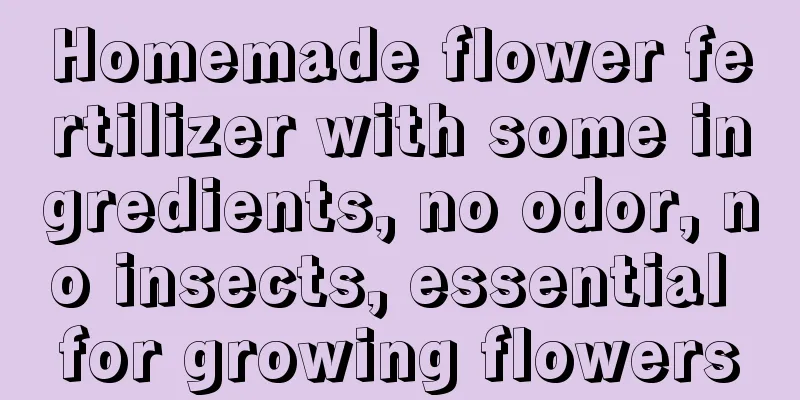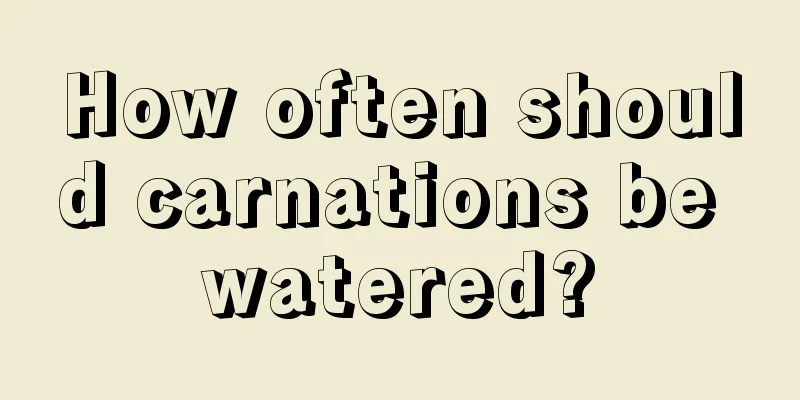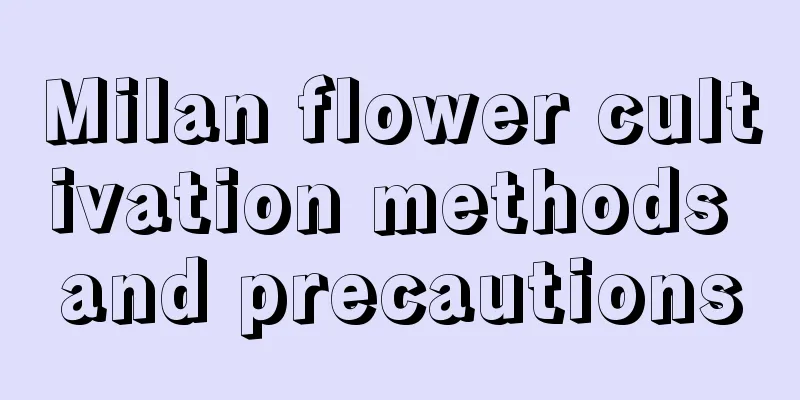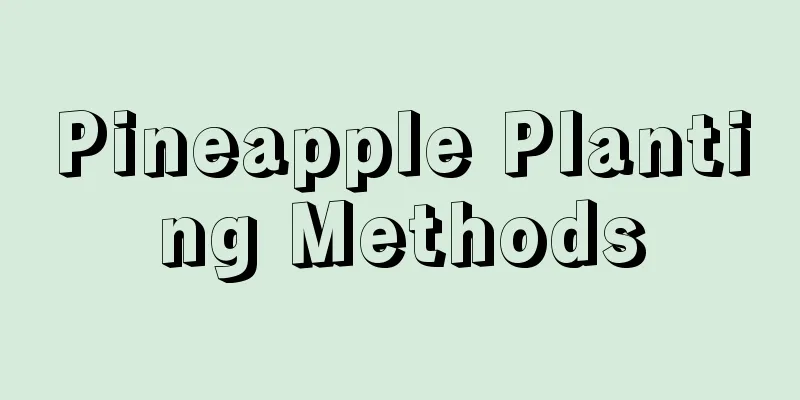Homemade flower fertilizer with some ingredients, no odor, no insects, essential for growing flowers

1. Add some orange peel to the compost to prevent odorThe first thing to talk about is orange peel, which basically everyone knows. When making compost, add some chopped orange peel. Although it cannot completely prevent odor, it can still reduce the odor. Because orange peels contain essential oils that can reduce odor. 2. Add some EM bacteria to the compost to prevent odorEM bacteria can increase the fermentation speed of fertilizer, reduce the time of fertilizer composting, and also have an anti-odor effect. It is really a must-have for homemade flower fertilizer. 3. Add some wine lees to the compost to prevent odorWine lees contain a large amount of lactic acid bacteria, yeast, etc., and are a natural organic fertilizer fermentation agent. Adding wine lees during fermentation can not only greatly shorten the fermentation time, but also make the smell less smelly and have a faint wine aroma. 4. Add some oleander leaves to the compost to kill insectsAlmost all flower lovers know that oleander leaves are poisonous. They contain a highly toxic substance called cardiac glycosides. If you add a little oleander leaves when composting, all mosquitoes, flies and small insects will not dare to approach during the entire composting period. (Author: xieshouhua Source: Pinghu Community) 5. Mix some pesticides with compost to kill insectsIf you want to prevent insects from getting into the compost, the best way is to mix some pesticides into the compost. This way, insects will never dare to get close during the composting process. 6. Add quicklime to the compost to sterilize and kill insectsComposting is particularly prone to breeding bacteria and producing small insects. Adding some quicklime when composting, in addition to the effect of killing bacteria and preventing pests, the quicklime also contains a large amount of calcium fertilizer, which can also supplement calcium fertilizer for plants. |
Recommend
What flowers are best to give to your girlfriend?
1. Red Rose Since ancient times, red roses have b...
How to grow banana trees
1. Breeding environment 1. Soil: When growing ban...
When and in which month are peanuts harvested in Northeast China?
Northeast Peanut Harvest Time Northeast peanuts r...
What kind of pot is breathable for succulent plants?
1. Basin 1. Coarse clay pot: This kind of pot has...
How to grow Golden Edge Tiger Pilanthus well and how to grow it indoors
If you want the Golden Edge Tiger Pili Orchid to ...
Can Jasmine be placed in the bedroom?
1. Can it be placed indoors? Jasmine can be grown...
Which succulents belong to winter type
1. Da Cang Jiao Hall It is a perennial plant. It ...
Give the flowers a powerful pill, and small gourds will grow on the roots, and the flowerpots will burst!
If Sansevieria eats some cooked soybeans, the roo...
Is pineapple a fruit or a vegetable?
Is pineapple a fruit or a vegetable? Pineapple is...
Causes and treatments for yellow leaves of Begonia
1. Environmental Change Reason: If the growing en...
How to care for bamboo in winter
Is bamboo afraid of freezing? Bamboo is afraid of...
Can hosta be grown indoors?
1. Is it possible? The plant Hosta can tolerate p...
How to grow Flammulina velutipes at home
1. Prepare the strain The conditions for growing ...
Can orchids be grown indoors?
Can orchids be grown indoors? Orchids are suitabl...
This flower is like a golden plate. The more it is exposed to the sun, the more it will burst into a sea, and everything will be golden!
What varieties of sunflowers are there? Sunflower...









